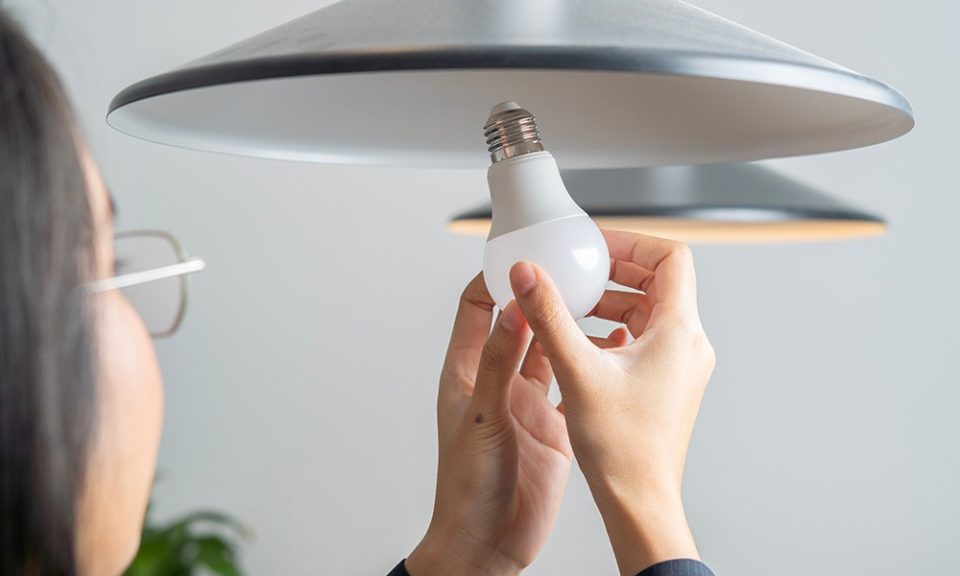In recent years, LED lighting has transformed the way we illuminate spaces from homes to commercial environments. The rise of LED technology isn’t just about brighter light; it’s about smarter, more efficient, and adaptable solutions. Among the many types of LED lighting products, LED strip lights and LED modules have gained widespread attention. Understanding what makes these products unique and how they are made can shed light on why they have become so popular.
Introduction to LED Lighting Technology
LED stands for Light Emitting Diode, a small semiconductor device that produces light when an electric current passes through it. Unlike traditional incandescent bulbs, LEDs convert energy more efficiently, generating more light with less power and less heat. This efficiency, combined with their durability, has made LEDs the preferred choice for many applications.
Over time, the technology behind LEDs has evolved rapidly, allowing for diverse products like strip lights and modules that serve various needs. They not only help reduce energy consumption but also offer flexible designs that traditional lighting couldn’t easily achieve.
What Defines a Quality LED Strip Lights Factory?
When looking at LED strip lights, the manufacturing process plays a crucial role in product performance and lifespan. A reputable led strip lights factory focuses on several key factors:
- Material Quality: High-grade LEDs, flexible circuit boards, and protective coatings ensure the strips are durable and perform well under different conditions.
- Technology Standards: Precision in soldering, current control, and heat dissipation techniques prevent premature failure and maintain consistent brightness.
- Customization Options: Many factories offer tailor-made strips with various lengths, colors, and waterproof levels, catering to specific installation needs.
Quality factories often combine advanced production equipment with stringent quality control, ensuring the final product meets international standards. This foundation affects not only the visual appeal but also the safety and reliability of the lighting system.
Exploring LED Modules: Structure and Application
While LED strip lights consist of small LEDs arranged along a flexible strip, LED modules are typically compact units that contain several LEDs mounted on a rigid base, often with integrated circuitry.
An experienced led module manufacturer understands that these modules have a distinct set of applications compared to strip lights. They are commonly used in signage, backlighting, and architectural lighting due to their stability and ease of installation in fixed positions. The rigid base allows them to be mounted on various surfaces without bending.
Advantages of LED modules include:
- Uniform Light Distribution: Modules can produce steady, consistent illumination over wider areas.
- Enhanced Heat Management: The rigid structure helps dissipate heat more effectively, improving durability.
- Versatility: They can be arranged in different configurations, making them suitable for both indoor and outdoor uses.
Manufacturing Challenges and Quality Control in LED Production
Producing LED strip lights and modules is not without challenges. Manufacturers must address several hurdles to deliver products that stand the test of time:
- Component Sourcing: The quality of raw materials like LEDs, chips, and circuit boards varies, impacting overall product reliability.
- Assembly Precision: Small deviations in assembly can cause defects, such as uneven lighting or early failure.
- Heat Management: Poor heat dissipation is one of the leading causes of LED lifespan reduction.
- Waterproofing: For outdoor or damp environments, ensuring that the LED products are properly sealed is essential.
To overcome these challenges, many manufacturers implement rigorous quality control steps. This includes testing for brightness consistency, electrical safety, and environmental resistance. Innovations in manufacturing processes also help reduce defects and improve product performance.
Environmental and Economic Impact of LED Lighting
One of the driving reasons behind the shift to LEDs is their environmental benefit. Compared to incandescent or fluorescent bulbs, LEDs use significantly less energy, reducing carbon footprints and electricity bills alike.
The longer lifespan of LED products also means less frequent replacements, which reduces waste and the demand for raw materials. Over time, this translates into cost savings for consumers and contributes positively to sustainability efforts.
Additionally, LEDs do not contain harmful substances like mercury, which is found in some older lighting technologies, making them safer for disposal and recycling.
Future Trends in LED Strip Lights and Modules
The LED lighting industry continues to innovate, pushing boundaries in terms of performance and design. Emerging trends include:
- Smart LEDs: Integration with IoT allows lighting to be controlled remotely or automated based on occupancy or daylight.
- Improved Materials: Advances in heat-resistant materials and flexible substrates are enhancing product durability and application range.
- Color Tunability: New LEDs can change color temperature or hue dynamically, adapting to mood or task requirements.
- Miniaturization: Smaller LEDs and modules enable more intricate and compact lighting solutions.
These developments promise more energy savings, user-friendly features, and design possibilities, reinforcing the role of LEDs in the future of lighting.
Conclusion
The world of LED lighting, including strip lights and modules, reflects a balance of technology, design, and manufacturing expertise. Understanding the differences between these products, as well as the importance of quality production, can help make better-informed decisions when choosing lighting solutions. As LEDs continue to evolve, their potential to provide efficient, versatile, and sustainable illumination looks brighter than ever.

